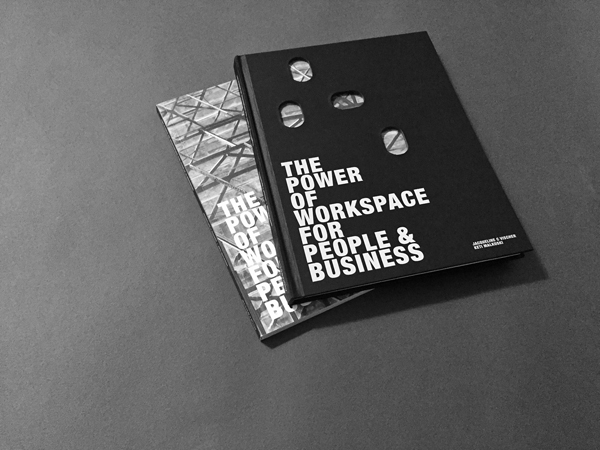
Workspace design: Q+A with Keti Malkoski
Share
Image of Keti Malkoski (left) and environmental psychologist Dr. Jacqueline C Vischer courtesy Schiavello.
In March, Schiavello hosted a launch of Keti Malkoski and environmental psychologist Dr. Jacqueline C Vischer’s book, The Power of Workspace for People and Business, a thorough look at the effectiveness of workspace beyond Activity Based Working (ABW). As Schiavello’s principal of people and culture consulting, Malkoski has gained an insight into the art of improving office functionality, reshaping work environments to promote comfort and productivity.
Can you elaborate on the concept of comfort and its significance to the HI-WAVE approach?
The book discusses many types of user ‘comfort’ that should be considered when using the HI-WAVE (How to Invest in Workspace to Add Value) approach. To create value-adding workspaces that enhance employee and team effectiveness, we must enhance user comfort including physical and mental wellbeing that subsequently enhances user functionality and effectiveness. To promote comfort we need promotes active relief, ease and renewal in workspaces.
How can designers be more effective in changing office culture, and how have you navigated the process of change with your clients?
The book identifies key change management principles of which user participation is the most relevant to successful workspace change. Structured user participation enhances change engagement and relevance. Importantly, a user participation plan should be established upfront with clear expectations about what information will be collected from users and how the feedback will be used in the change process.
At the book launch, you spoke of the nuances of approaching office design throughout Asia – are there any lessons we could take from other cultures that could be applied in Australian workspaces?
Whether creating workspaces in Eastern or Western societal cultures we need to recognise that users have diverse needs. To support these needs we need to provide flexibility and choice in spaces, products and technology.
What defines Australian office culture? How has it evolved in your time in the field, and how do you see it changing in the future?
Australian workspaces are innovative and forward thinking. The uptake in flexibility demonstrates that we value our people and work/life integration.
From my perspective as a psychologist, future workspaces will enhance the human relationship side of work through communities.
What is the most rewarding office project you have worked on?
The most rewarding projects are those that recognise the true value of change management and invest time and resources in understanding people and culture considerations in workspace change.
Can you share an example of a workplace that just ‘got it right’?
Those that understand that the change management is on-going: those that continuously invest in their people and culture. User needs are constantly changing and the workspaces, products and technology must also evolve to support these needs.
What projects are you working on currently?
I’m working on a few projects at the moment – all of them different and interesting.
One outstanding project is with a multi-national client investigating innovative products and workspace solutions to improve user health and wellbeing.
A review of Keti Malkoski and Dr. Jacqueline C Vischer’s new book will appear in (inside) Interior Design Review, issue 87.

















